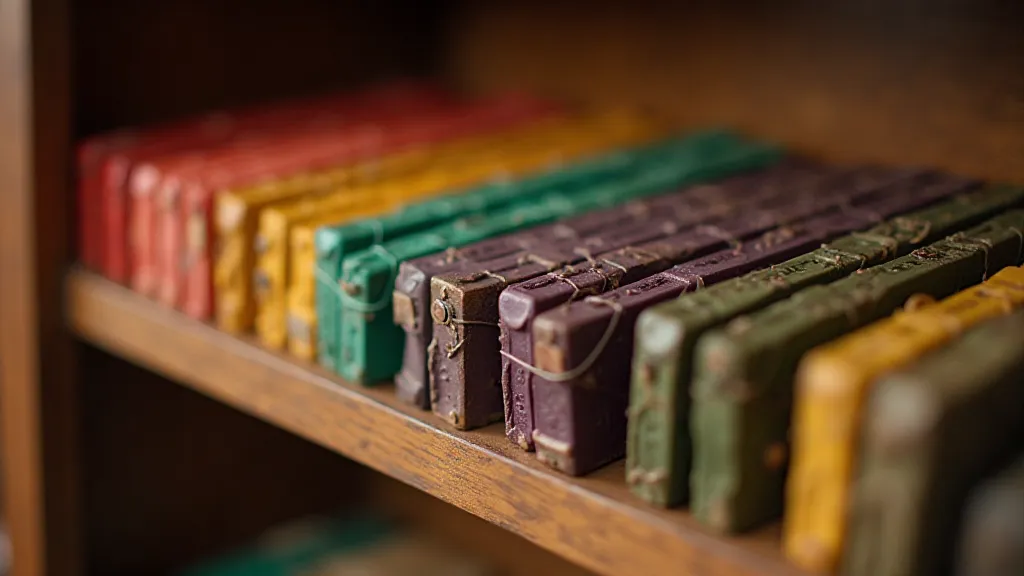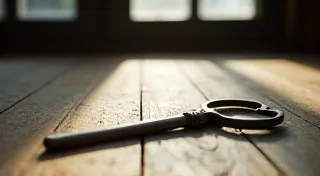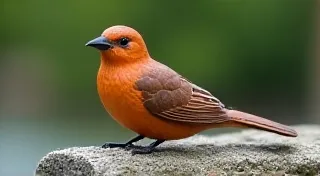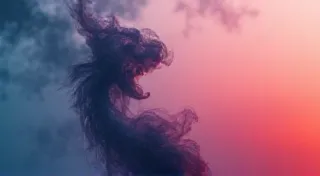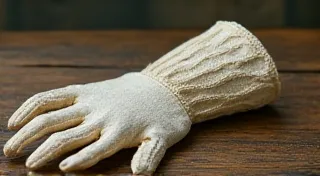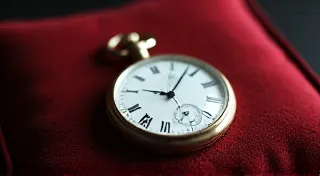Chromatic Reverie: A Painter's Palette in the Realm of Ribbons
There’s a quiet dignity to antique typewriters, isn't there? More than just machines, they’re tangible echoes of a time when words were wrestled from metal, each character a deliberate act of creation. And intertwined with that creation, a vital player: the typewriter ribbon. Not just a functional element, but a chromatic soul, a painter’s palette in a world of black and white, or at least, the perception of it. Restoring these ribbons is more than just preserving office supplies; it’s rescuing a piece of history, a sliver of artistic possibility.
I remember my grandfather, a meticulous accountant, always using a dark blue ribbon on his Underwood. It wasn’t regulation; he simply preferred it. He explained, with a twinkle in his eye, that the blue felt "softer" on the page, less stark than the usual black. That small preference, that quiet rebellion against the expected, became a formative memory for me, sparking a lifelong fascination with the nuances of the typing experience – and the surprising variety of colors hidden within the seemingly monochrome world of office machines.
A History Steeped in Color
The advent of the typewriter in the late 19th century initially restricted ribbon color to black or dark brown. Practicality reigned supreme; legibility was paramount. But as the 20th century dawned, and typewriters found their way into the hands of creatives – writers, journalists, poets – the demand for more expressive options arose. Early attempts at colored ribbons were often temperamental, prone to fading or smudging. The process of manufacturing them was far more complex than black ribbons, requiring precise mixtures of dyes and careful control of the coating process. This made them a premium item, often associated with artistic endeavor rather than mundane office tasks. They're almost like the intricate threads of a tapestry, each color contributing to a larger, more complex narrative.
By the 1920s and 1930s, a surprising range of colors – deep reds, forest greens, dusky purples, even pale yellows – became available, albeit sporadically. These weren't flamboyant hues; they were often muted, sophisticated shades, reflecting the aesthetic sensibilities of the era. They were colors of romance, of intrigue, of quiet rebellion. Collectors of vintage ribbons often treasure these rare specimens, not just for their scarcity, but for the silent stories they hold – the potential narratives they helped to create.
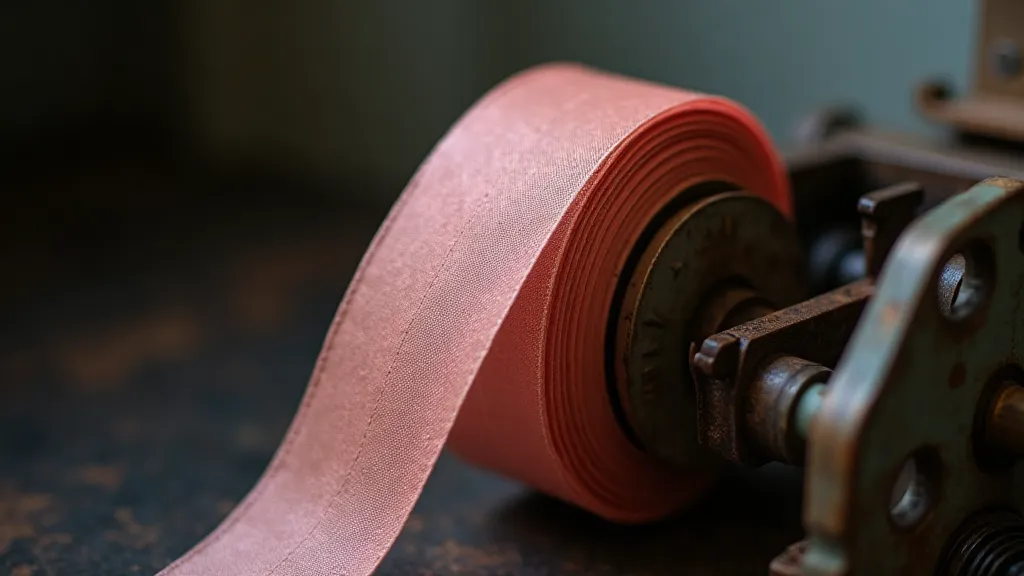
The Metaphorical Palette: Writing with Color
Beyond the practical function of transferring ink to paper, these colored typewriter ribbons offer a compelling metaphor for writers. Think of a novelist crafting a particularly poignant scene – a moment of loss, a burgeoning romance, a flash of anger. Wouldn't a soft lavender ribbon, a muted teal, or a dusty gold perfectly complement the emotional weight of the words? The color isn’t just a visual element; it becomes an invisible layer of meaning, subtly influencing the reader's perception. The lingering impression left by these ribbons echoes the very nature of memory itself, often leaving faint, evocative traces—veils of memory—long after the words themselves are read.
Consider a detective novel. A black ribbon might convey a sense of grim realism, of relentless pursuit. But a deep crimson ribbon, hinting at the undercurrent of violence and passion, could add a layer of psychological complexity. Or imagine a poem about springtime renewal. A vibrant emerald green ribbon, reflecting the freshness of new growth, would be far more evocative than standard black.
The choice isn’t about garishness or attention-seeking. It’s about nuance, about crafting a richer, more textured reading experience. It's about imbuing the text with a quiet resonance that transcends the purely literal. The marks left behind on the page aren't just about the immediate impression; they hint at a deeper, often mysterious story—fragments of a larger narrative—fragments of a tapestry waiting to be deciphered.
Restoration: Bringing the Colors Back to Life
Unfortunately, time and storage conditions haven’t been kind to these colorful relics. Many vintage typewriter ribbons have crumbled, faded, or become brittle. But restoration, while delicate, is often possible. The process usually involves gentle cleaning with specialized solvents to remove surface grime and oxidation. Re-spooling the ribbon correctly is also vital, ensuring even tension and preventing further damage. The challenge lies not just in restoring the visual appearance but also in understanding the historical context, the cipher’s secret embedded within the ribbon’s pattern.
It’s a painstaking process, requiring patience and a reverence for the object being handled. Chemical treatments to reverse fading are tricky and often risky, as they can alter the ribbon's texture or stability. Often, the best approach is to simply stabilize the ribbon’s condition, preserving what remains of its original color and integrity.
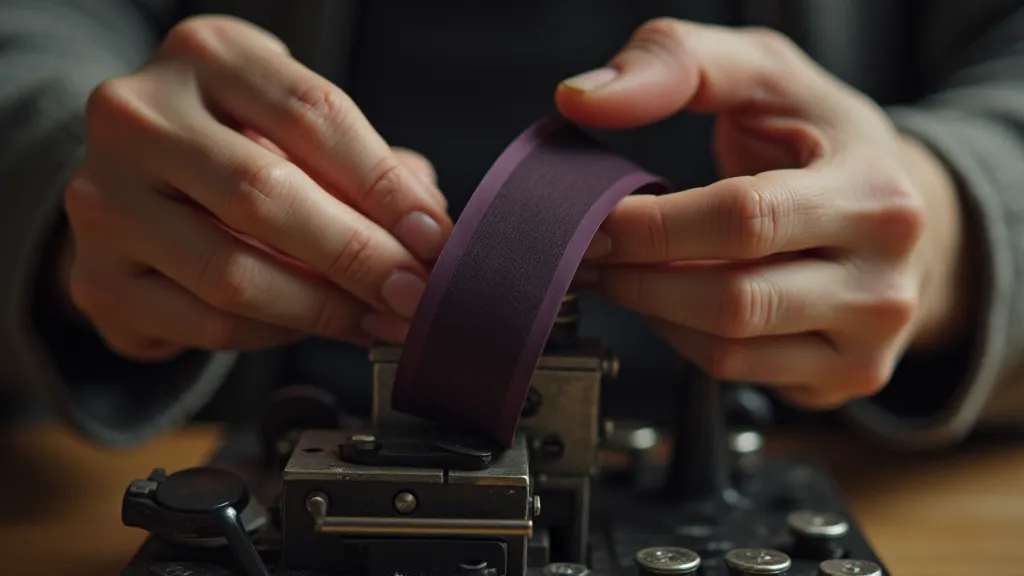
Beyond Functionality: The Collector's Pursuit
The burgeoning market for vintage typewriter ribbons reflects a broader cultural appreciation for tangible history and craftsmanship. Collectors seek out rare colors, unusual manufacturers, and ribbons in exceptional condition. Certain colors, like certain shades of forest green or specific, short-run promotional ribbons, command significant premiums. But for many collectors, the value lies not just in monetary worth, but in the stories these ribbons represent. The patterns on these ribbons can be surprisingly revealing, offering clues to their origin and the events they witnessed.
Each ribbon is a fragment of a forgotten world – a glimpse into the lives of the people who used them, the words they wrote, the stories they told. They’re a reminder that even seemingly mundane objects can hold profound significance, waiting to be rediscovered and appreciated. Examining these ribbons is akin to piecing together a puzzle, revealing not just the color, but the entire story—the intricate web of connections—a beautiful tapestry.
Deeper Dive: The Science and Art of Ribbon Creation
The creation of colored typewriter ribbons was a surprisingly complex undertaking. Early ribbons were typically made from a crepe paper base, coated with a thin layer of ink. The ink itself was a carefully formulated mixture of dyes, solvents, and binding agents. Achieving the desired color and opacity required precise control over the mixing process, as well as the coating technique. The thickness of the coating was critical; too thin, and the color would be faint and unreliable; too thick, and the ribbon would be prone to smudging.
As technology advanced, manufacturers experimented with different materials, including silk and eventually synthetic fabrics. These new materials offered improved durability and colorfastness, but also presented new challenges in terms of coating and handling. The artistry wasn’t confined to color selection; the ribbon’s texture and its ability to release ink consistently were equally important considerations.
The Enduring Allure of the Chromatic
The typewriter ribbon, especially those rendered in hues beyond the standard black, isn’t merely an office supply. It’s a testament to the enduring human desire for creative expression, a silent partner in countless stories, and a tangible link to a bygone era. Restoring these vintage ribbons isn’t just about preserving a piece of machinery; it’s about rescuing a whisper of color, a flash of inspiration, from the relentless march of time. And that, I believe, is a pursuit worthy of a painter's reverence and a writer’s imagination. The gentle hum of the typewriter, the subtle shift in color on the page—these are the details that bring history to life, connecting us to a world of creative endeavor and quiet rebellion.
